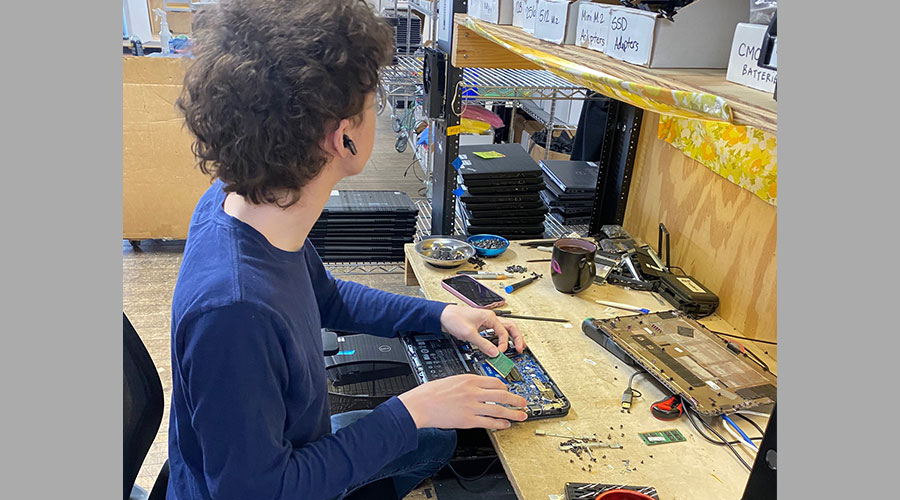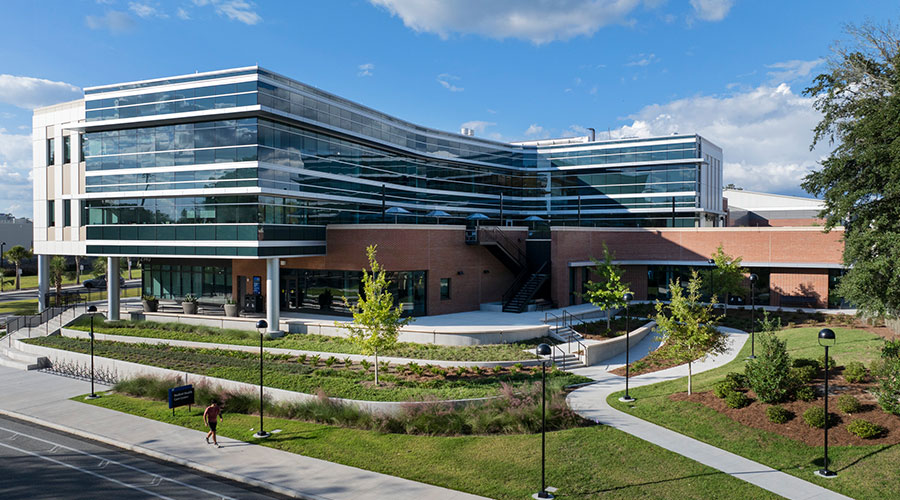Creating a Facilities Environment Inviting to Technology
Second part of a 3-part article exploring what is needed beyond technology to achieve high-performance buildings
So how do you ensure that your facilities technology investment delivers the savings and performance everyone expects? The importance of creating an environment inviting to technology cannot be overstated.
First and foremost, engage the organization by adopting decision-making processes for technology investments. Focus on the adoption of new internal policies built around these technologies and ensure that training and contract specifications are written to capitalize on these investments. Too often, organizations scramble to catch up to the technology, rather than capitalize on it right out of the gate.
As well, organizational alignment absent a collaborative governance process leaves requirements unclear and results in siloed solutions that might have benefited the entire enterprise. To avoid such pitfalls, engage your occupants and other stakeholders early and get them involved in making the key organizational changes.
Collaboration between the C-suite, real estate and facilities managers, construction management, and financial folks is critical for success. Excessive autonomy and fragmented decision making at the highest levels in the organization make adoption and maximization of technology challenging at best. In the case of the federal government, with a real estate footprint totaling nearly 3.6 billion square feet across 756,000 buildings and structures, the ability to drive savings has to start with a global strategy across the public sector that will generate true return on investments in the technology decisions that are being made every day across the enterprise.
Addressing maintenance issues in a traditional building differs greatly from the same task in a smart building. Ensuring that facility managers have the skills, systems, and competencies will require leadership to develop career paths that will motivate and reward facilities teams to learn new norms. The engineers in a smart building must understand not only the building control systems and how to respond to sensor-generated data points, but how this data can be used for strategic asset management and cost savings.
Furthermore, building engineers must use these new skills and information that flows along with the building controls to deliver optimal performance and shift the blend of reactive maintenance work orders toward predictive and reliability centered maintenance (PdM + RCM) programs. Not only will these steps extend the life of the equipment, achieve sustainability goals, and enhance the careers of the facility workforce, but they will make happier occupants.
Related Topics:














